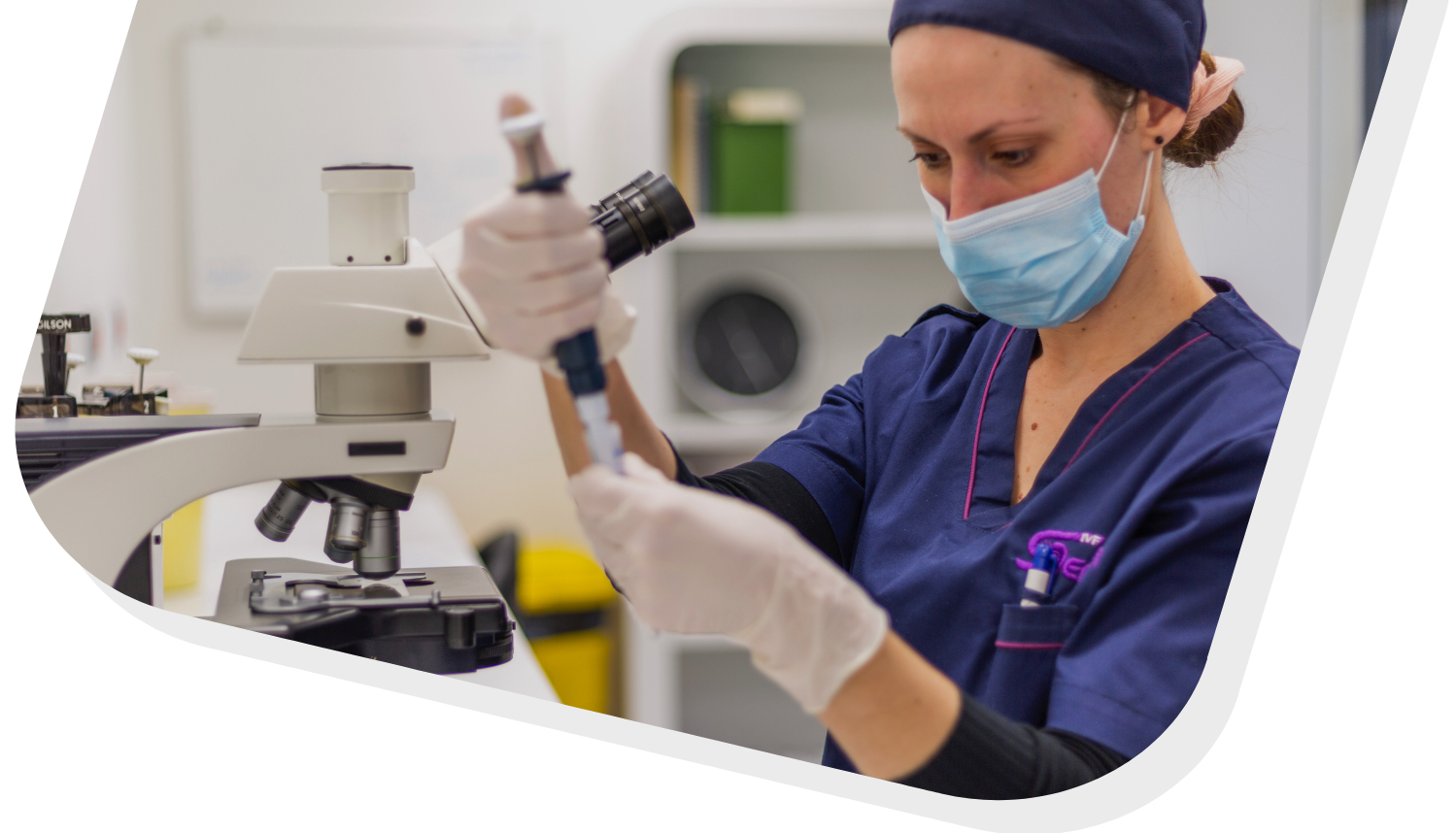male investigation

male investigation
Everything about the procedure
of male investigation during your fertility consultation
A typical semen analysis or spermiogram is an initial test whilst investigating male fertility and prior to starting your fertility treatment. It includes the evaluation of both macroscopic (sperm volume, liquefaction, viscosity, pH) and microscopic (sperm number, motility, vitality, morphology, coagulations, cell types) parameters. In our clinic, we observe the sperm motility for up to 240 minutes. A normal semen analysis usually indicates that the function of the testicles and the hormonal background is normal.
Sperm DNA fragmentation refers to sperm DNA breaking. High level of sperm DNA fragmentation is a significant male factor that contributes to a couple’s infertility. It impairs normal fertilisation, and even if this occurs, there is a high risk that the resulting embryos will have reduced or pathological growth potential, implantation, and further development due to the fact that they do not carry normal DNA. This can be manifested as implantation failures or early miscarriages. The test reveals the percentage of DNA fragmented spermatozoa, and we consider it significant part of your fertility consultation and treatment.
A balanced level of Reactive oxygen species (ROS) in semen is needed for successful oocyte fertilisation. On the contrary, excess ROS can result in oxidative stress which in turn, has a harmful effect on plasma membrane and can cause loss of sperm motility and vitality as well as increase DNA strand breaks. All the above sperm deficiencies are related to degraded embryo development and lower IVF pregnancy rates. They also correlate with increased time to natural conception and recurrent miscarriages. Lifestyle factors e.g., high-sugar diets and processed foods, smoking, hot baths, sedentary lifestyle may influence ROS amount and hence is worth testing for your fertility treatment. The test determines qualitatively a possible excess of ROS present in a semen sample to identify men who might benefit from antioxidant supplements.
Sperm maturation is a complex process which is completed at different stages and concerns structural and biochemical alterations inside the male gamete. It is well established that sperm maturation is an indicator for fertilisation capacity and embryonic development. The presence of hyaluronic acid (HA) receptors on the spermatozoon’s surface and the nuclear chromatin structure are two different parameters that can be used as indicators for sperm maturity and are chosen to be investigated on our new sperm test before initiating your fertility treatment.
This involves a novel research procedure of evaluating mitochondrial activity. Mitochondrial efficiency indicates sperm functionality as correlated with sperm motility and capacity of fertilisation.
Fluorescence microscopy can be used to optimise visualisation of nuclear DNA in spermatozoa. This may be required as spermatozoa’s chromatin is normally highly coiled, and hence sometimes difficult to visualise with traditional microscopy.
A test that investigates the abnormal presence of antibodies in the seminal plasma. These antibodies bind to antigens on the spermatozoa’s surface. A high number of sperm antibodies in the plasma make it difficult for the sperm to fertilise the oocyte and therefore considered an immunological infertility factor.





